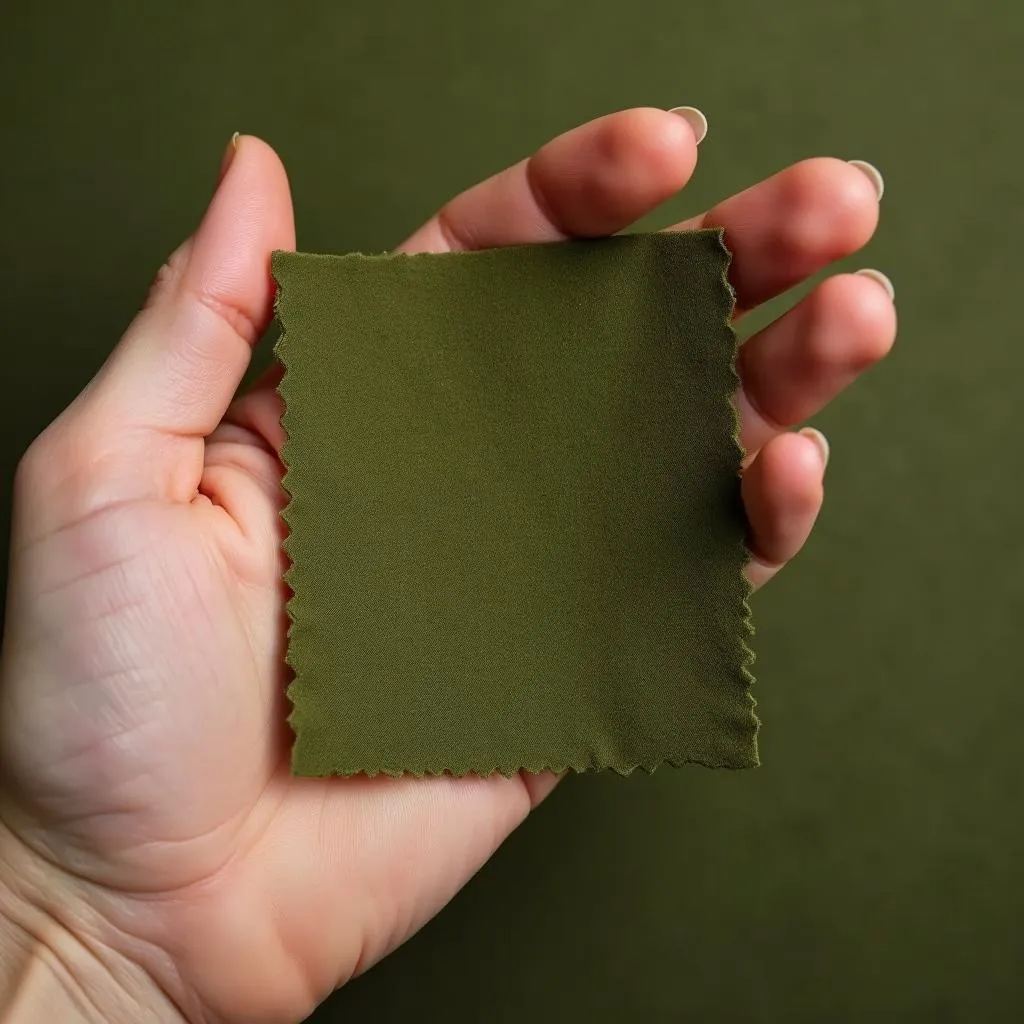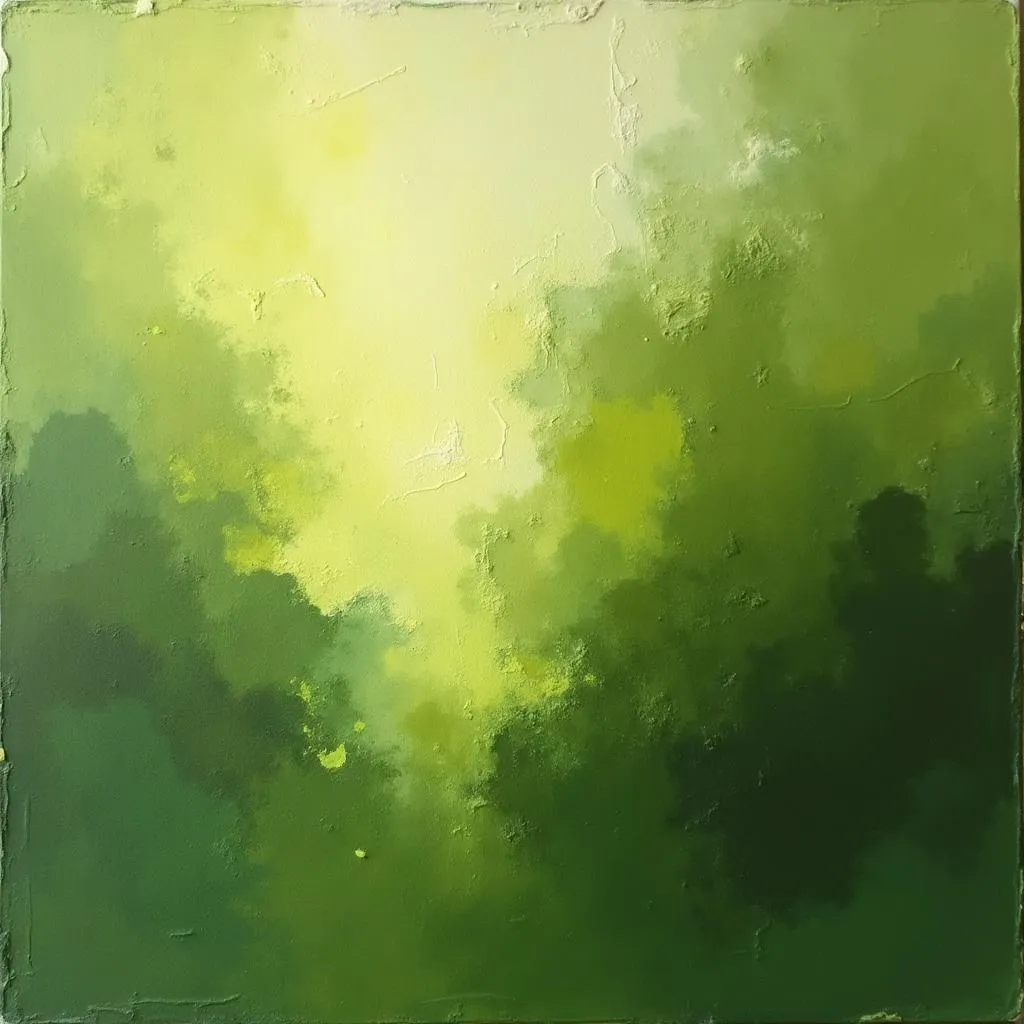Olive green, with its subtle blend of green, yellow, and a touch of brown, evokes a sense of tranquility, sophistication, and connection to nature. Whether you’re aiming for a calming living room, a touch of earthy elegance in your bedroom, or a statement piece in your art studio, understanding How To Make Olive Color opens up a world of creative possibilities. Let’s dive into the art of mixing this versatile hue.
Understanding the Basics of Color Mixing
Before we embark on our olive color journey, let’s revisit the fundamentals of color mixing. The traditional color model we’ll be using is the RYB model, which focuses on the primary colors: red, yellow, and blue.
- Primary colors: These are the foundation of the color wheel and cannot be created by mixing other colors.
- Secondary colors: Mixing any two primary colors in equal amounts results in a secondary color. For instance, combining red and yellow yields orange.
- Tertiary colors: These are achieved by mixing a primary color with an adjacent secondary color.
Creating Olive Color: The Essential Ingredients
To make olive color, our primary focus will be on yellow and blue, with a touch of red for warmth and depth.
- Yellow: Start with a warm yellow, such as cadmium yellow or yellow ochre. This will form the base of your olive green.
- Blue: Introduce a cool blue, like ultramarine blue or Prussian blue, gradually. The amount of blue you add will determine the shade of olive you achieve.
- Red: A small amount of red, such as alizarin crimson or cadmium red, can be added to tone down the green and create a more muted, earthy olive.
Remember, the key to achieving the perfect olive color is to mix your colors gradually, observing the subtle shifts in hue as you go.
Tips and Techniques for Mixing the Perfect Olive Green
- Start with a small amount: Begin by mixing a small amount of yellow and blue, then gradually add more of either color until you achieve the desired shade.
- Test on a white surface: Always test your olive color on a white surface to get an accurate representation of the hue.
- Adjust the value: If your olive green is too bright, tone it down by adding a touch of its complementary color, which is a reddish-brown.
- Experiment with different ratios: Don’t be afraid to experiment with different ratios of yellow, blue, and red to create a range of olive green shades, from light and airy to deep and dramatic.
 Mixing Olive Green Paint
Mixing Olive Green Paint
Exploring Olive Green in Different Mediums
Olive green’s versatility extends beyond paint. Let’s explore how to achieve this color in other mediums:
- Fabric Dye: Achieve a beautiful olive green fabric dye by combining yellow and blue dyes, adding a touch of brown or red dye for desired undertones.
- Digital Art: In digital design software, use the RGB color model and adjust the sliders for red, green, and blue to achieve your perfect olive hue.
- Food Coloring: Create enticing olive green frosting or icing by carefully blending yellow and blue food coloring, adding a touch of brown if needed.
 Olive Green Fabric Swatch
Olive Green Fabric Swatch
The Versatility of Olive Green: From Fashion to Interior Design
Olive green’s calming and sophisticated aura makes it a favorite across various creative domains.
- Interior Design: Olive green walls can create a sense of tranquility and sophistication in living rooms, bedrooms, and even kitchens.
- Fashion: Olive green clothing, from flowy dresses to tailored jackets, exudes an effortless elegance. For a harmonious look, consider what color pants to wear with brown blazer, as olive green and brown complement each other beautifully.
- Art: Olive green, with its earthy and natural feel, adds depth and dimension to paintings, drawings, and mixed media art.
 Abstract Painting in Olive Tones
Abstract Painting in Olive Tones
Common Questions About Making Olive Color
Q: Can I make olive green with only yellow and blue?
A: While yellow and blue are the primary components, a touch of red can help neutralize any overly bright green tones and create a more balanced, natural olive.
Q: What are some colors that go well with olive green?
A: Olive green pairs beautifully with a range of colors, including warm neutrals like brown and beige, earthy tones like terracotta and burnt orange, and even pops of contrasting colors like mustard yellow or dusty rose. You can learn more about what color does green go with in our comprehensive guide.
Q: What if my olive green turns out too dark?
A: If your olive green is too dark, you can lighten it by gradually adding small amounts of yellow or white paint, mixing thoroughly between each addition.
Conclusion
Mastering the art of how to make olive color empowers you to infuse your creative endeavors with this versatile and captivating hue. From subtle variations to bold statements, embrace the world of olive green and let your creativity flourish!
If you need any assistance with your next color project, don’t hesitate to contact us. We’re here to help you bring your vision to life.
Phone Number: 0373298888
Email: [email protected]
Address: 86 Cầu Giấy, Hà Nội.